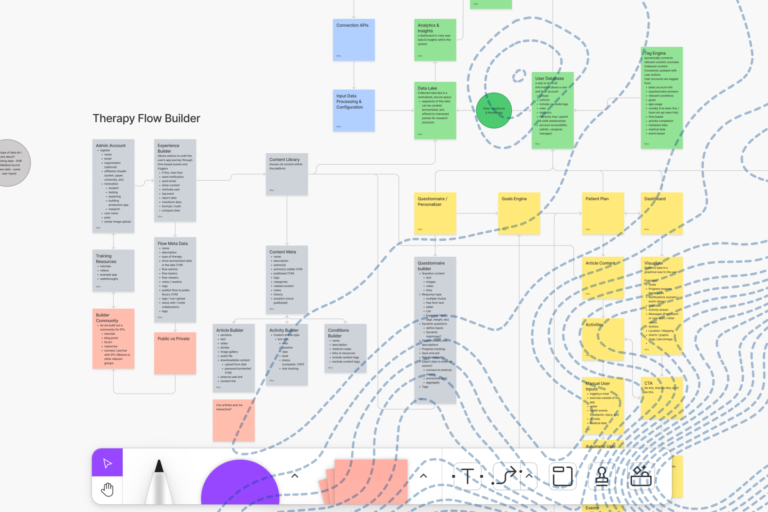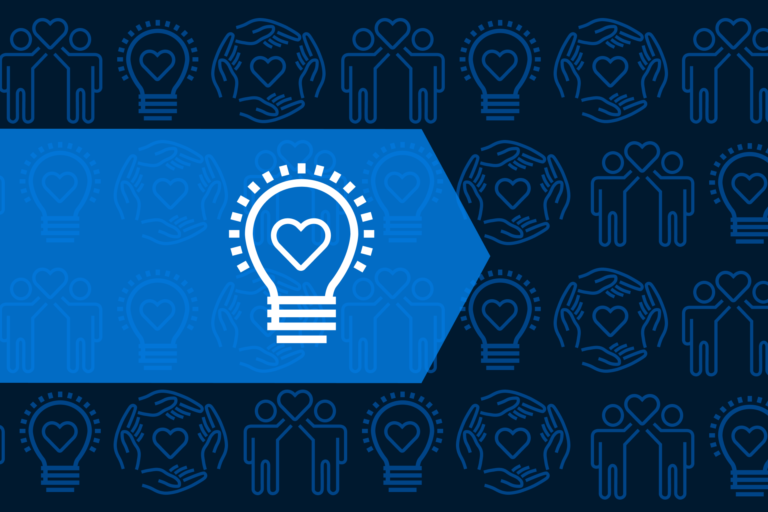There are some estimates that claim consumers check their mobile phones as much as 150 times per day. That’s more than once every 10 minutes. And given the brevity of the average human attention span (about eight seconds), that sets the stage for some cutthroat competition amongst apps to attract, engage, and keep users. Strong UI and UX design is the only way to capture and retain more of that massive-yet-fleeting attention. However, those disciplines are often perceived as afterthoughts in product development. It’s the notion that UI and UX design gets applied to the product after it’s built.
And that is disastrous thinking.
Successful products—particularly successful mobile products—are rooted in design thinking from Day One. This is something we’d expect a designer to say, but it couldn’t be more true from an engineer’s perspective as well. The engineer that recognizes the folly of slapping some UI/UX love on a product just before its release realizes just how critical design thinking is throughout the product development lifecycle. They see the bigger picture, in part, by keeping these two points in mind…
Engage Design from the Start, at Product Conceptualization
As briefly hinted at a moment ago, successful products require design thinking from the get-go, at product conceptualization. Yes, the engineering team ultimately builds the product and seeks to employ optimal and elegant solutions to technical challenges throughout that process, but it is the designer who is focused on the user and ensuring that they are engaged, productive and/or entertained. Engaging both crafts at product conceptualization stages significantly reduces the risk of them conflicting against each other at all stages in the product development lifecycle. Moreover, when Engineering and Design are in harmony from the start, user success odds increase. When they are not, it’s almost always the user who suffers—and users don’t accept pain. Instead, they give up, move on and pull up Facebook to feel better.
Understand How Design Fuels Product Development
Good design teams create beautiful, easy to use interfaces. Great design teams fuel the product development lifecycle end to end. UI/UX designers dig into how users need to engage the product. They find ways to reduce friction. Perhaps most importantly though, they repeat the process. Just like engineers executing an agile or lean process to iteratively build and release products and features, the design team is executing a similar process to gather user and market knowledge, apply that knowledge through product design, and collect feedback through user testing and analysis to further refine the experience and continuously keep users engaged. This is not a bolt-on process to be implemented once the product has some traction in the market. In fact, the product cannot achieve any traction without it.
Building a digital product?
Bottom Line
When Design is a part of the entire product development process rather than a mere afterthought, the benefits are clear. Team communication improves, problems are solved faster, product quality increases and most importantly, users will be happier.



